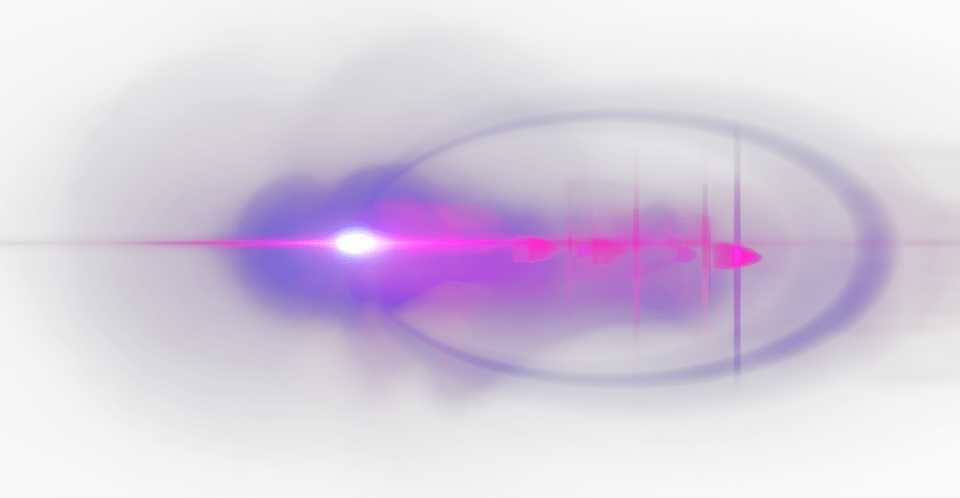A new study found that transcranial photobiomodulation, a type of laser light therapy, improved short-term memory. Scientists from the University of Birmingham in the United Kingdom and Beijing Normal University in China demonstrated that the non-invasive therapy could improve people’s short-term or working memory by up to 25%.
The right prefrontal cortex of the brain is the target of transcranial photobiomodulation (tPBM). It is generally acknowledged that this region is crucial for working memory.
The team’s experiment demonstrated how, following several minutes of treatment, research participants’ working memory improved. Electroencephalogram (EEG) monitoring during therapy and testing allowed them to keep tabs on changes in brain activity.
Transcranial Photobiomodulation ADHD Treatment
Prior research has demonstrated that laser light treatment will enhance working memory in mice, and tPBM treatment has been demonstrated to enhance accuracy, accelerate reaction time, and enhance higher-order functions like attention and emotion in human studies.
However, this is the first investigation to confirm a connection between human working memory and tPBM.
“People with conditions like ADHD (attention deficit hyperactivity disorder) or other attention-related conditions could benefit from this type of treatment, which is safe, simple and non-invasive, with no side-effects,”
said co-author Dongwei Li, a visiting PhD student in the University of Birmingham’s Centre for Human Brain Health.
Recall Improved
Ninety male and female participants between the ages of 18 and 25 participated in the study’s experiments, which were conducted at Beijing Normal University.
Participants were given laser light treatments to the right prefrontal cortex at wavelengths of 1064 nm, while others received treatments at a shorter wavelength or to the left prefrontal cortex. To rule out the placebo effect, each participant was also given a sham, or inactive, tPBM.
Following a 12-minute tPBM treatment, participants were asked to recall the orientations or colors of a set of items displayed on a screen. Participants who received laser light at 1064 nm to the right prefrontal cortex improved their memory significantly more than those who received the other treatments.
Participants receiving other treatment variations could recall between 3 and 4 of the test objects, whereas those receiving the targeted treatment could recall between 4 and 5 objects.
Astrocyte Stimulation?
Data from the experiment, including electroencephalogram (EEG) monitoring, was analyzed at the University of Birmingham and revealed changes in brain activity that predicted improvements in memory performance.
The researchers do not yet know why the treatment improves working memory, nor do they know how long the effects will last. Further research into these aspects is planned.
“We need further research to understand exactly why the tPBM is having this positive effect, but it’s possible that the light is stimulating the astrocytes – the powerplants – in the nerve cells within the prefrontal cortex, and this has a positive effect on the cells’ efficiency. We will also be investigating how long the effects might last. Clearly if these experiments are to lead to a clinical intervention, we will need to see long-lasting benefits,”
said professor Ole Jensen, also at the Centre for Human Brain Health.
Reference: Chenguang Zhao et al. Transcranial photobiomodulation enhances visual working memory capacity in humans. Science Advances, Vol 8, Issue 48 DOI: 10.1126/sciadv.abq32
